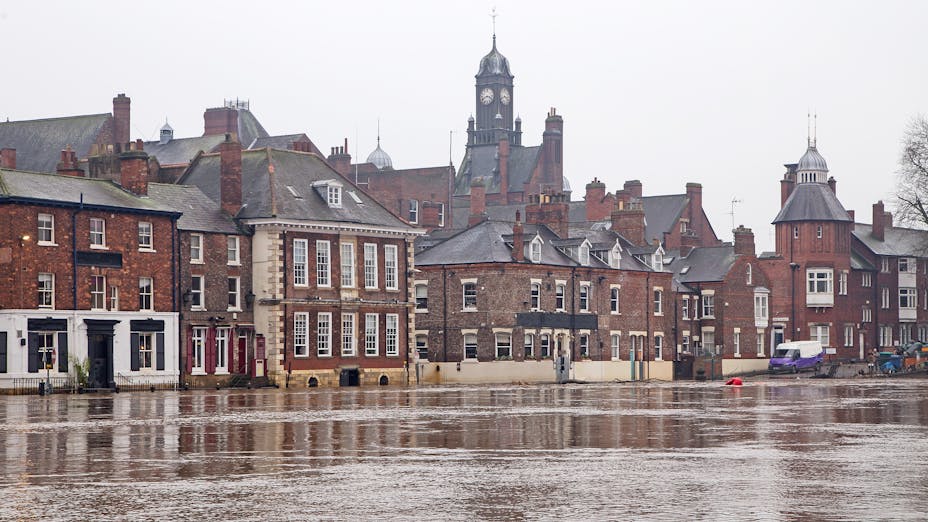One of the hottest topics in the news today is climate change. Despite one’s position in the debate, the weather is something that affects everyone.
Climate change impacts the occurrence and severity of natural events. One such occurrence that often goes overlooked is the cloudburst. Despite its soft-sounding name, it can be every bit as damaging to homes and infrastructure as any other force of nature.
Why do cities need to consider cloudburst when designing their streets?
A cloudburst occurs when a large amount of rainwater hits a certain area in a short amount of time, causing intense flash flooding. They’re significantly more impactful in urban areas, where the number of storm drains is limited and cannot channel all the water.
City spaces generally have less soil and root structures to help with natural drainage, as well. When water collects on the pavement, it creates a hazard for drivers and pedestrians alike.
Unfortunately, cloudbursts are becoming increasingly common. They’re also becoming more intense as time goes on, and that in part is due to climate change.
Thanks to rising temperatures due to climate change, the water cycle is changing, and more water is being evaporated. More evaporation equals more storms. Due to increased storms, vulnerable areas will have greater amounts of rain and are prone to cloudbursts. Additionally, winter rainfall is predicted to drastically increase in the UK during the 2020s. The cloudburst problem is not going away any time soon.
Cities hit by cloudbursts
Cloudbursts aren’t merely events that bored newscasters report on when there is nothing else to talk about. They’re real, and they affect cities around the globe. From Mumbai to New York City, 2019 has not been immune to its fair share of cloudbursts. Those cities weren’t the first and certainly aren’t the last to experience cloudbursts.
Ellicott City’s record rain
The end of spring 2018 brought with it a major cloudburst in the United States. Between Ellicott City and Catonsville, two towns in Maryland, around 33 cm of rain fell in a short period of time. Ellicott City itself received around 20 cm.
Ellicott City is prone to intense flooding due to its position. The topographical makeup of the city allows for more rain to pool into it, flooding streets and homes. This is not the first this has happened either. Ellicott city has been flooded more than 15 times during the last 250 years and the last flooding was as in 2016. At the time, this rain water flooding was called a thousand-year-event in terms of the probability of recurrence, yet Ellicott City was hit again only two years later.
Copenhagen’s summer flood
The Ellicott City flooding should not be seen as an isolated incident, nor purely as a result of the city’s poor topographical position. In 2011, due to what was perhaps the most well-known cloudburst, Copenhagen was hit with 15 cm of rain in under three hours. Streets, sidewalks, and the ground in between were completely covered with rainwater. The damages cost the city over one billion Euros. It left a lasting mark on the Danish capital. Almost half of all citizens are concerned that another cloudburst like the one in 2011 will transpire.
In reality, their concerns might not be far off. Future summer rains are predicted to be much heavier and much further apart, while precipitation is also slated to increase in the winter. The memory of 2011’s cloudburst is still fresh, so now Copenhagen is rectifying the mistake of being unprepared.
Cities with poor urban water management are more prone to suffering from the effects of the unpreventable terror of cloudbursts. Sewer systems aren’t made to handle the mass quantities of water that come with cloudbursts, so a lot of it ends up in the streets, creating risks for the citizens who live there. Luckily, urban water management plans are beginning to appear in the most vulnerable areas.




